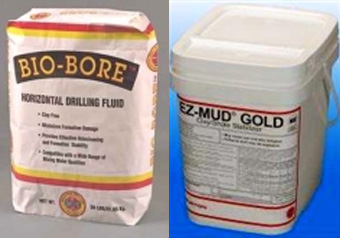
Drilling for oil, natural gas wells and water wells requires powerful equipment using high-tech methods to create boreholes. Drilling liquid and mud are essential components of the process.
Using drilling liquids and muds accomplishes four things:
Both liquid and mud are used to drill boreholes but the composition is different. One term is often used for the other, but strictly speaking gaseous drilling fluid, using an array of gases, is a fluid. But fluids that are water or oil based are called mud.
Below are listed the seven basic types of drilling fluid, though technically some are actually fluid and some are mud. What geotechnical engineers use depends on the type of drill they are using, the geology of the area and what they are drilling for.
To get the fluid into the borehole, a wide range of materials and parts are needed. For example, geothermal supplies, like those made by PVC Plus, are commonly found on drilling sites. These include geothermal pipe, which can be made of metal, plastic, coil tubing and cable. Similarly, geothermal fittings are essential for flanges, joint adapters and couplings.
A well screen are an important part of the drilling process because it makes possible access a bigger surface area, letting water seep into the well stem from surrounding sand and soil.
Many drilling areas have heavy oil, a term meaning the oil being drilled contains a lot of sand and sediment. In these locations, slotted pipes are essential to filter out the sand during the pumping of the borehole.
Each of the components plays an important part in the drilling process. If an item breaks, the entire drill site can be shut down while a new one is located and installed. That is why one of the most important jobs on any drilling site is monitoring well supplies. Enough items of each part need to kept on hand since most drilling spots are far from regular distribution points. Many times well drilling supplies need to be flown into remote locations. The use of a helicopter or ship is used for offshore rigs.